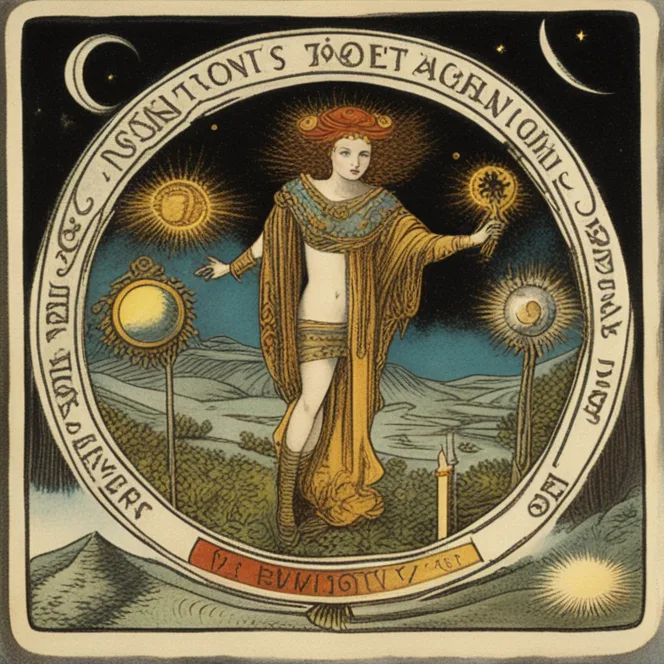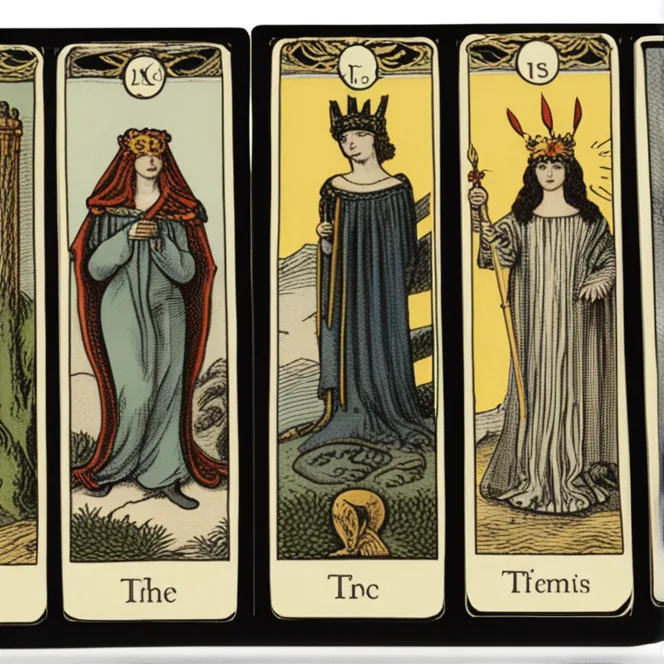
Ancient Beginnings and Mysterious Origins
The true origins of tarot are shrouded in mystery and subject to much speculation. Historical records suggest that the earliest tarot cards may have originated in the 15th century, with roots potentially stemming from the Islamic societies where playing cards were first invented. Some theories propose that the tarot was developed by Kabbalists or derived from ancient Egyptian wisdom, but concrete evidence supporting these ideas is scant. What is clear, however, is that tarot cards were initially used for games rather than mystical purposes, particularly in European regions such as Italy and France.

The Transition to Divination
It wasn't until the late 18th century that tarot cards began to be used for divination. The shift from game to mystical tool is credited largely to French and English occultists who saw in the imagery of the tarot echoes of hermetic esotericism, which is the belief in a universal wisdom present in all ancient cultures and religions. Antoine Court de Gébelin, a French occultist, claimed without evidence that the tarot was based on a holy book from Egyptian priests, transforming the perception of the cards from mere playing instruments to tools of enlightenment and introspection.

Standardization & Symbolism
The tarot deck as we commonly know it today consists of 78 cards, divided into the Major and Minor Arcana. The Rider-Waite-Smith deck, created in the early 20th century, standardised the imagery and symbolism of the tarot, making it ubiquitous in the English-speaking world. These cards fuse medieval iconography with mystical symbols from various esoteric traditions. Not only did this deck become the definitive tarot deck for spiritual seekers and readers, but also it has influenced the designs of many modern decks that followed.

The Spread of Tarot
With the advent of the printing press and increased literacy rates, the tarot became more accessible, spreading across Europe and later to the Americas. As interest in occult practices grew during the 19th and 20th centuries, so too did the popularity of tarot cards, with various movements and organizations embracing them as a tool for divination. From the secret societies of the occult revival to the New Age movement, tarot readings have been adopted for self-reflection, spiritual guidance, and even as a psychological tool.

Modern-Day Perception
Today, tarot reading has a place in both popular culture and spiritual practice. Whether seen as a way to predict the future or as a method for self-understanding, tarot readings continue to fascinate and provoke curiosity. Moreover, the proliferation of online resources and communities has made learning and practicing tarot more accessible than ever, allowing people from all walks of life to partake in its enduring tradition.
Published: 12/7/2023
Modified: 12/7/2023
More predictions
Come back here soon to learn more about yourself and your future


The Perceived Risks Of Tarot Readings
Examining the potential dangers of tarot card readings in spiritual and psychological contexts.


The Mystique Of Tarot: Beyond The Natural?
Explore the enigmatic world of tarot to discover whether these ancient cards hold supernatural qualities or are simply tools for reflection.


The Origins Of Tarot: Ancient Roots Unveiled
Explore the mystical journey of tarot from its historical beginnings to modern divination practices in this insightful article.